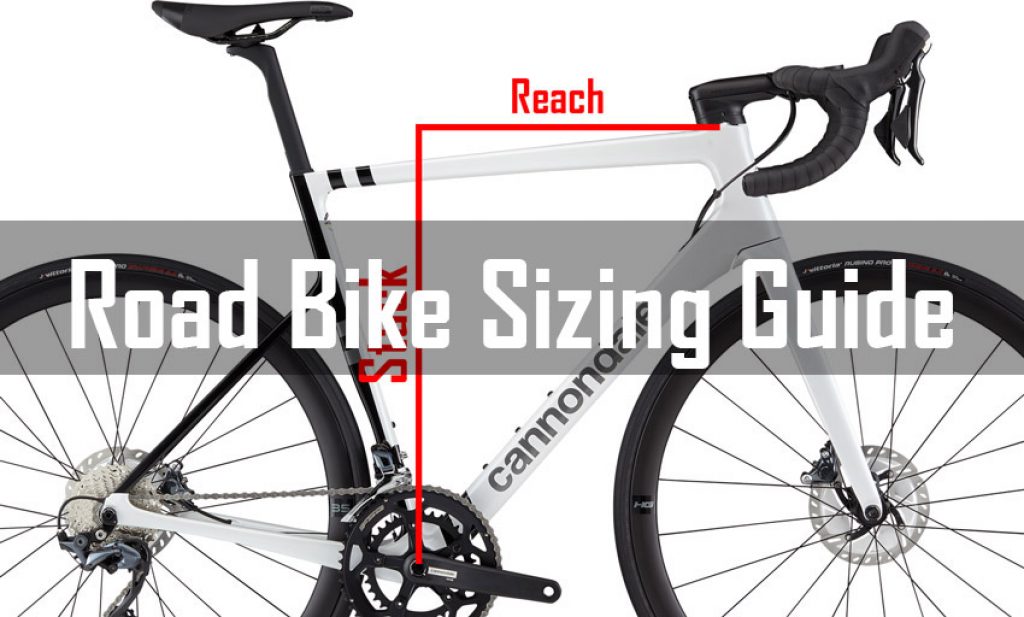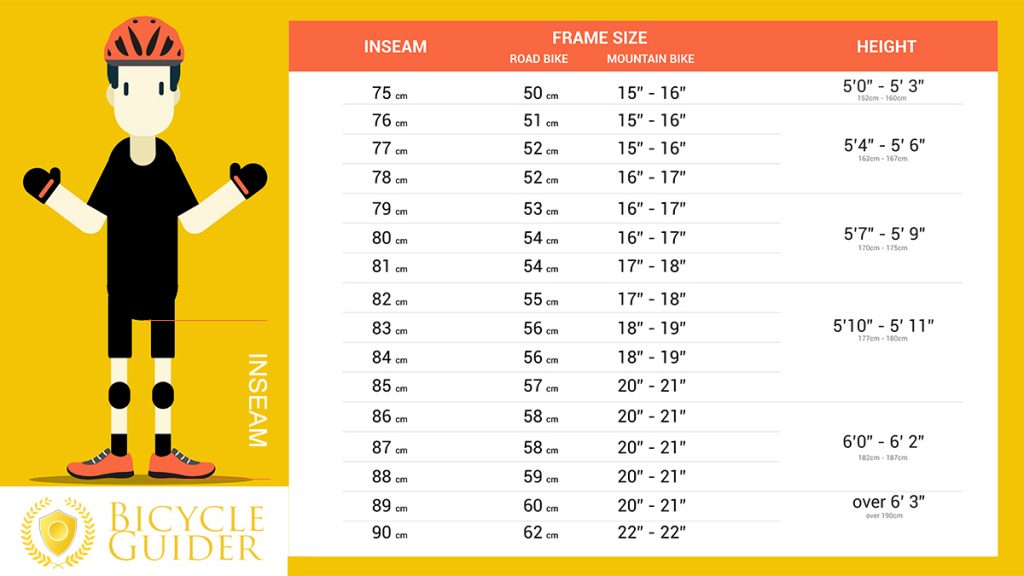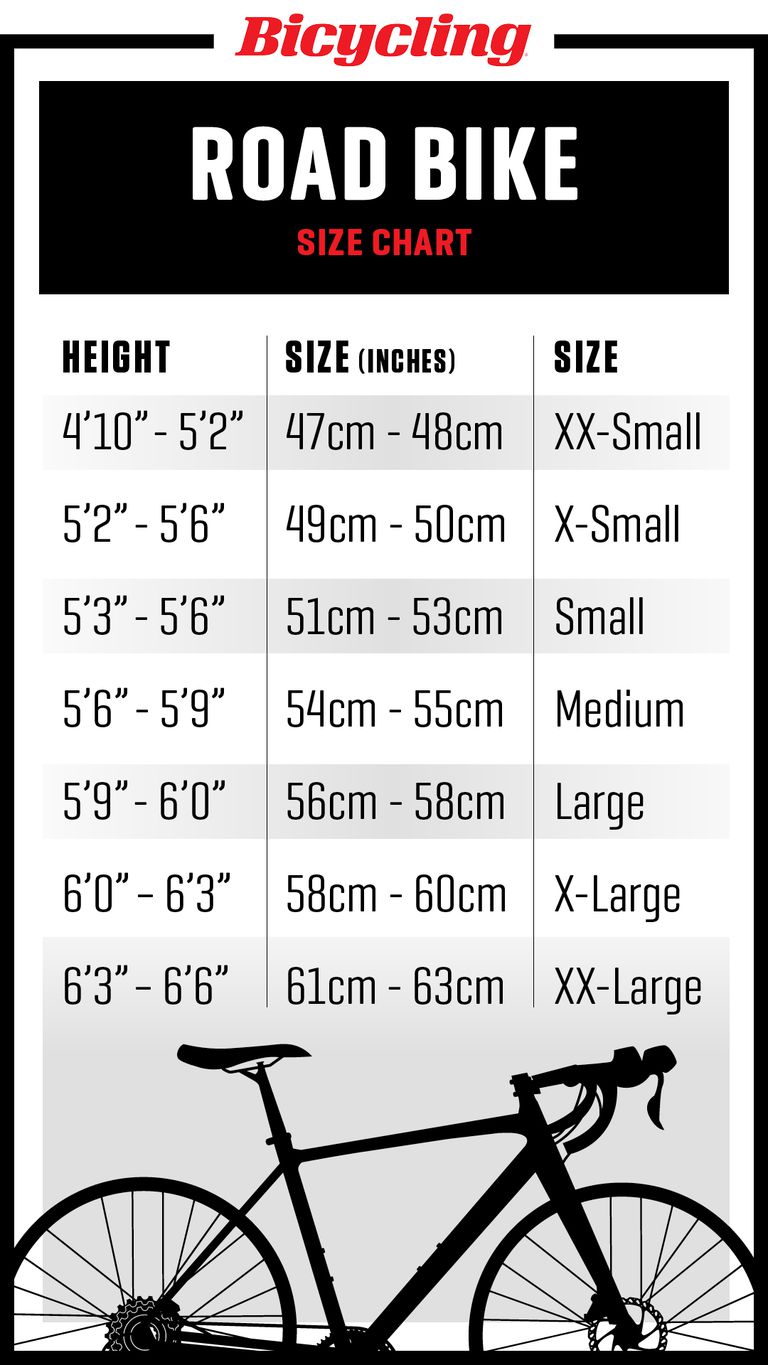Why Proper Bike Sizing Matters for Comfort and Performance
Proper bike sizing is crucial for a comfortable and efficient ride. A well-fitting road bike can significantly improve riding performance, reduce fatigue, and prevent injuries. When a bike is properly sized, it allows riders to maintain a comfortable riding position, reducing the risk of discomfort, pain, and long-term injuries. Furthermore, a properly sized road bike can improve pedaling efficiency, enabling riders to conserve energy and maintain a consistent pace. In fact, a study by the International Bike Fitting Institute found that a well-fitting bike can improve pedaling efficiency by up to 10%. This comprehensive road bike sizing guide aims to provide valuable insights and practical tips to help riders find their perfect fit and optimize their riding experience.
Understanding Your Body Measurements: A Key to Accurate Sizing
To ensure a precise bike fit, it’s essential to take accurate body measurements. This involves measuring three critical dimensions: inseam, arm length, and torso length. To measure your inseam, stand against a wall with your feet shoulder-width apart and mark the point where your leg meets the wall. Measure the distance from the floor to this point to get your inseam length. Next, measure your arm length by standing against a wall with your arms relaxed by your sides. Measure the distance from the top of your shoulder to your wrist. Finally, measure your torso length by standing against a wall and marking the point where your shoulders meet the wall. Measure the distance from this point to the top of your hip bone. Having these measurements will provide a solid foundation for finding your perfect fit in this comprehensive road bike sizing guide.
How to Choose the Right Road Bike Size for Your Riding Style
With various types of road bikes available, choosing the right size can be overwhelming. However, understanding the different types of road bikes and their corresponding sizing requirements can help riders make an informed decision. Endurance road bikes, designed for comfort and long-distance riding, typically feature a more upright riding position and a shorter top tube. Racing road bikes, built for speed and agility, have a more aggressive riding position and a longer top tube. Comfort road bikes, designed for casual riding, often feature a relaxed riding position and a shorter top tube. To choose the right size, riders should consider their riding style, terrain, and personal preference. For example, riders who prioritize comfort and plan to ride on rough terrain may prefer an endurance road bike with a shorter top tube. On the other hand, riders who prioritize speed and plan to ride on smooth roads may prefer a racing road bike with a longer top tube. By considering these factors, riders can find a road bike that fits their needs and preferences, as outlined in this comprehensive road bike sizing guide.
Deciphering Road Bike Size Charts: A Breakdown of Manufacturers’ Measurements
When it comes to road bike sizing, understanding the different size charts used by popular manufacturers is crucial. While most manufacturers provide size charts, the measurements and corresponding sizes can vary significantly. For example, Trek’s size chart may differ from Specialized’s, and Giant’s may differ from Cannondale’s. To navigate these variations, it’s essential to understand the nuances between them. Some manufacturers, like Trek, use a more detailed size chart that takes into account the rider’s inseam, arm length, and torso length. Others, like Specialized, use a more simplified approach that focuses on the rider’s height and inseam. By understanding the differences between these size charts, riders can make a more informed decision when choosing a road bike. This comprehensive road bike sizing guide provides a detailed breakdown of popular manufacturers’ size charts, helping riders to find the perfect fit. Additionally, riders should consider factors such as riding style, terrain, and personal preference when selecting a road bike, as outlined in this guide.
Factors to Consider Beyond Size: Saddle Height, Handlebar Reach, and More
While finding the right road bike size is crucial, it’s only the first step in achieving a comfortable and efficient riding position. There are several other factors to consider beyond size, including saddle height, handlebar reach, and crank length. Saddle height, for example, should be set so that the rider’s leg is almost fully extended when the pedal is in its lowest position. Handlebar reach, on the other hand, should be set so that the rider’s arms are relaxed and slightly bent when holding the handlebars. Crank length is also important, as it affects the rider’s pedaling efficiency and comfort. A road bike sizing guide should take into account these factors to ensure a perfect fit. Additionally, riders should consider their riding style, terrain, and personal preference when selecting a road bike. For example, riders who prioritize comfort may prefer a road bike with a shorter reach and a more upright riding position. By considering these factors, riders can find a road bike that not only fits their body but also their riding style, as outlined in this comprehensive road bike sizing guide.
Real-World Examples: How to Apply Sizing Principles to Popular Road Bike Models
To illustrate how to apply the sizing principles outlined in this road bike sizing guide, let’s consider a few real-world examples. Take, for instance, the Trek Emonda, a high-performance road bike designed for racing and endurance riding. When choosing a size, riders should consider their inseam, arm length, and torso length, as well as their riding style and terrain. For example, a rider with an inseam of 32 inches, an arm length of 24 inches, and a torso length of 20 inches may fit best on a Trek Emonda in size 56cm. Similarly, the Specialized Tarmac, a popular road bike for racing and comfort riding, requires careful consideration of sizing factors. A rider with a similar body measurement profile may fit best on a Tarmac in size 58cm. By applying the sizing principles outlined in this guide, riders can find the perfect fit for their road bike, regardless of the manufacturer or model. This comprehensive road bike sizing guide provides the tools and knowledge necessary to make an informed decision and find a road bike that meets their unique needs and preferences.
Common Sizing Mistakes to Avoid: Expert Tips for a Perfect Fit
When it comes to finding the perfect fit for a road bike, there are several common mistakes to avoid. One of the most critical errors is relying solely on size charts provided by manufacturers. While these charts can be a useful starting point, they do not take into account individual variations in body shape and riding style. Another common mistake is neglecting to consider riding style, terrain, and personal preference when selecting a road bike size. For example, a rider who prioritizes comfort may require a different size and fit than a rider who prioritizes performance. To avoid these mistakes, it’s essential to consider a range of factors, including body measurements, riding style, and personal preference. By doing so, riders can achieve a perfect fit that enhances comfort, performance, and overall riding experience. This comprehensive road bike sizing guide provides expert tips and guidance to help riders avoid common sizing mistakes and find the perfect fit for their unique needs and preferences.
Getting a Professional Fit: When to Seek Expert Advice
While this comprehensive road bike sizing guide provides a wealth of information on finding the perfect fit, there may be instances where seeking professional bike fitting services is necessary. A professional bike fitter can provide personalized guidance and expertise to ensure a precise fit, taking into account individual variations in body shape, riding style, and personal preference. Consider seeking a professional fit if you’re new to road biking, have experienced discomfort or pain while riding, or are looking to optimize your performance. A qualified fitter can help you achieve a custom fit, which can involve adjusting the saddle height, handlebar reach, and crank length to create a comfortable and efficient riding position. Additionally, a professional fitter can provide valuable insights on how to maintain your bike and make adjustments as needed. By investing in a professional fit, riders can experience improved comfort, performance, and overall riding experience. This road bike sizing guide recommends seeking a professional fit to ensure a perfect fit and maximize the benefits of a well-fitting road bike.



.jpg)


